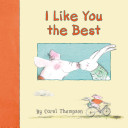
Dolly the pig and Jack Rabbit are the best friends in all the world. One afternoon while painting portraits, they hurt each other’s feelings in this heartwarming picture book about the ups and downs that come with being best friends.
Material appropriate for primary age groups

Dolly the pig and Jack Rabbit are the best friends in all the world. One afternoon while painting portraits, they hurt each other’s feelings in this heartwarming picture book about the ups and downs that come with being best friends.
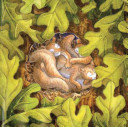
Beautiful watercolor paintings add rich layers of mood and feeling to an old Scottish poem, depicting a squirrel family spending the day together—waking, playing, and nestling down to sleep under the eye of watchful parent.
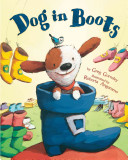
After reading “Puss in Boots,” an adventurous dog sets out to find the perfect pair of shoes to suit his every need.
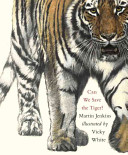
Tigers are pretty special and so are ground iguanas and partula snails and even white-rumped vultures. But these and many other animals are in danger of disappearing altogether, joining the dodo, the marsupial wolf, the great auk, and countless other animals we will never see again. Using the experiences of a few endangered species as examples, Martin Jenkins highlights the ways human behavior can either threaten or conserve the amazing animals that share our planet. Vicky White’s stunning portraits of rare creatures offer a glimpse of nature’s grace and beauty and give us a powerful reason to preserve it.
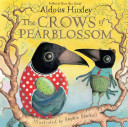
Originally published: New York: Random House, 1967.
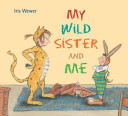
Having a wild big sister–who can be a giraffe one day, a giant bear the next, and a racing rabbit the day after that–is just about the very best thing that can happen to little brother. Iris Wewer’s rollicking illustrations perfectly match this playful story of imagination and adventure!
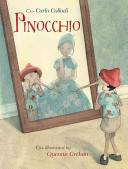
Everyone knows the story of the wooden puppet who, after many trials, succeeds in becoming a real boy. Now renowned Belgian illustrator Quentin Greacute;ban brings his unique vision to this old favourite. The text has been carefully edited to preserve all the flavour of the original.
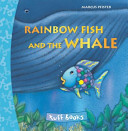
Rainbow Fish makes a new friend! Take these rough and tumble tiny books wherever you go! Tuff Books are tear-resistant, easy to clean, and completely safety tested and approved for tiny tuff readers!
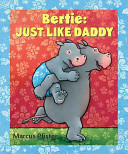
Bertie, a young hippopotamus, wants to drink coffee, read the newspaper, use a credit card, and more, just like Daddy, who appeases the eager hippo with age-appropriate options such as making a newspaper hat. At story’s end, the tables turn when Daddy wants to play like Bertie.
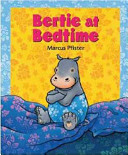
The acclaimed creator of THE RAINBOW FISH series returns with Bertie, an irrepressible hippo who’s not quite ready for bed. Bertie might wear his daddy out before he’s actually ready for sleep.